For Checking Out Airways
Air travel has become a rather common way of moving around, but the planes we regularly board don’t simply fly wherever they wish. Just as there are sea routes, there are also designated paths in the sky known as airways.
While the control towers are responsible for air traffic near airports, there are actually other navigation facilities established all over the country. Those mysterious towers on top of mountains are usually such facilities, guiding planes through radio signals and lighting systems.
When visibility is poor and the runway cannot be seen, the plane will mostly rely on such radio guidance.
Needless to say, these remote facilities require regular inspections, and this is where flight check units comes into play.
Ensuring Air Safety
While most flight inspections are conducted by the Ministry of Land, Infrastructure, Transport and Tourism (MLIT), the Japanese Air Self-Defense Force (JASDF) also has a designated Flight Check Squadron, who operate specialized aircrafts – the U-125 and the U-680A.
- General Overview
| Aircraft | U-125 | U-680A |
| Length | 15.6m (51.2ft) | 19m (62.3ft) |
| Width | 15.7m (51.5ft) | 22.2m (72.8ft) |
| Height | 5.36m (17.6ft) | 6.4m (21ft) |
| Crew | 7 people | 8 people |
| Speed | 990km/h (615mph) |
|
| Range | 3,900km (2,420mi) | 5,000km (3,100mi) |
| Unit Price | 20 million USD | 40 million USD |
First, the U-125 is a variant of the “U-125A rescue aircraft” also used by JASDF.
Three U-125s were introduced in 1993 for flight inspection purposes, though one was lost in an accident during an inspection flight in 2016. Since then, they have added the longer-range U-680A to their fleet, bringing the total number of aircraft to four.
These are all operated by the Flight Check Squadron at Iruma Air Base (Saitama Pref.), and confirm whether the facilities are properly functioning by using the automatic inspection equipment on board.
They are also responsible for the initial inspections when new airways or navigation facilities are established, flying over them to see if there are any issues.
Their responsible area spans from Hokkaido to Okinawa, covering 43 air bases and over 165 related facilities. Many of these are shared with civilian airports, thus playing a vital role in our air travel.
Despite their small fleet of only four planes, their operation involve considerable risks as they fly at a low altitude over mountains. But, without such maintenance and inspection duties, the overall air safety would be at stake.

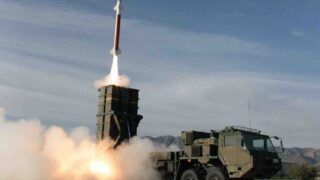



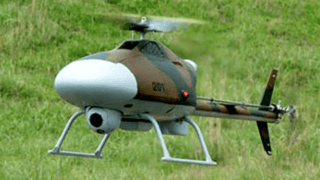
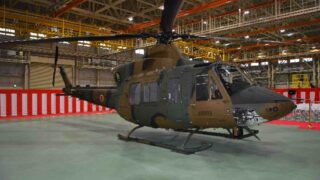

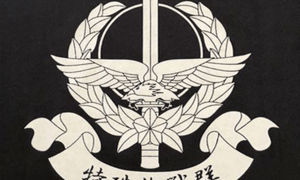
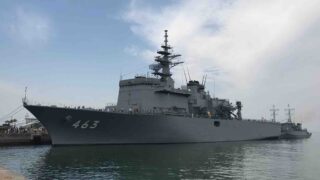
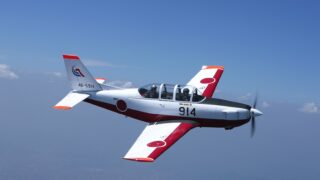
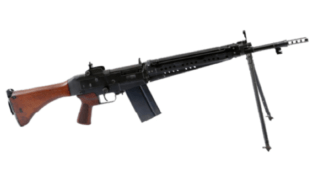
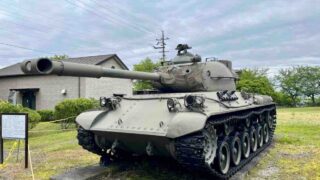
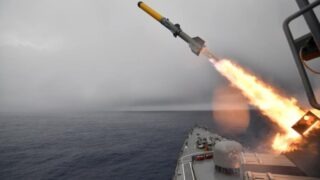
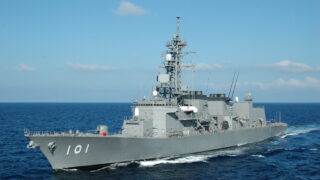
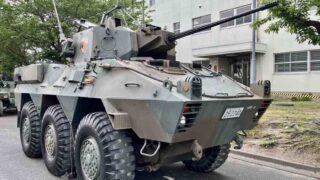
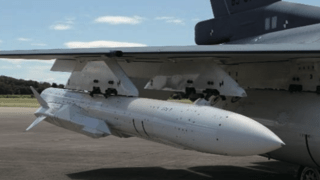
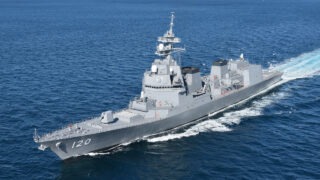

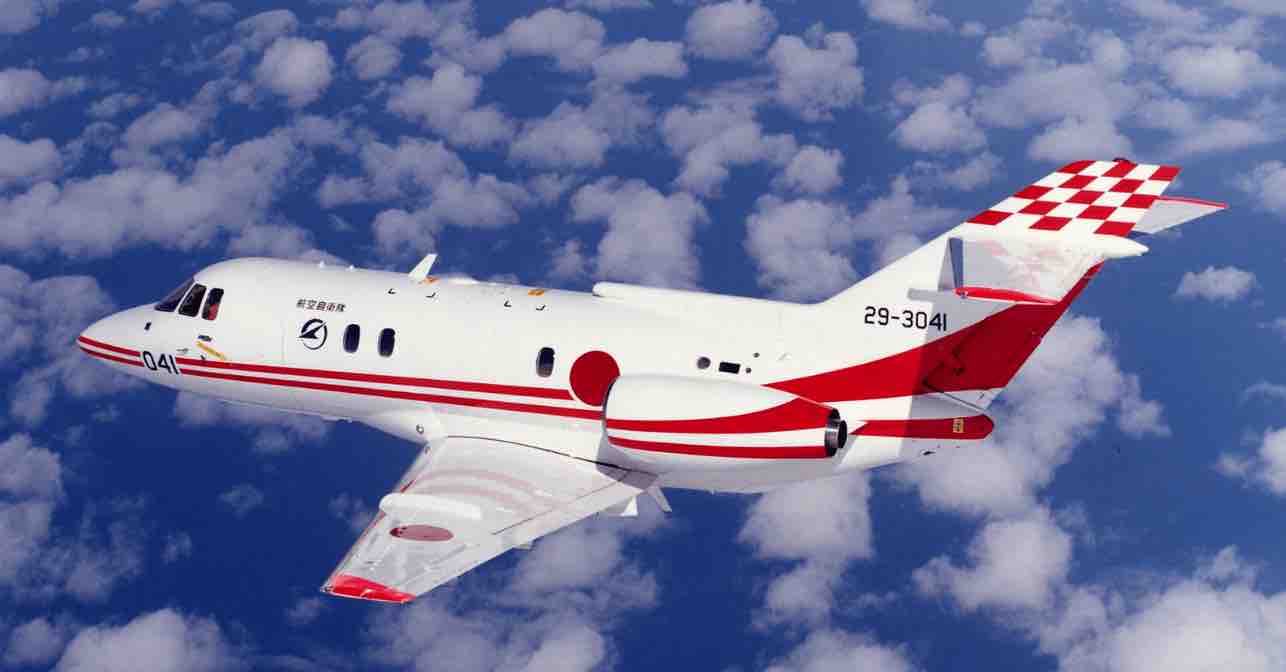
Comments